引用:
原帖由 mly 于 2008-2-11 14:17 发表
18秒126MB,把我吓着了
咱PV4的D端子效果感觉也无差阿,要说数字信号模拟信号之类的我的肉眼是看不出来:D
http://www.sharebig.com/d/shlgfh ... 30B/MISSSSS.avi.htm
我这个1分半 ...

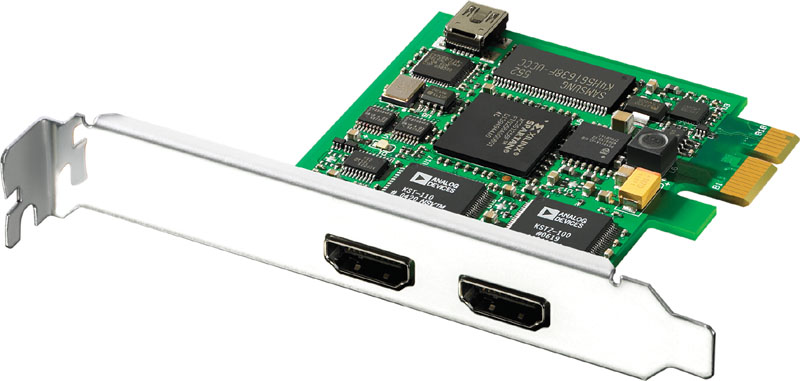
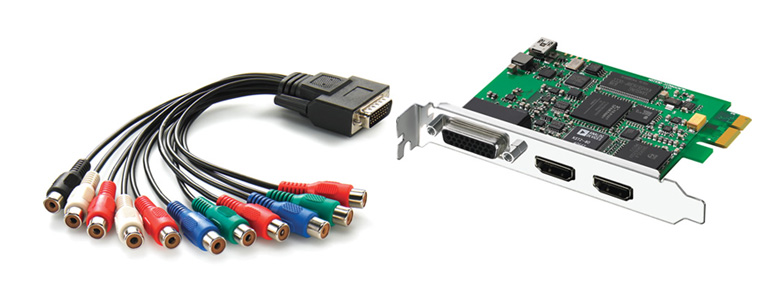

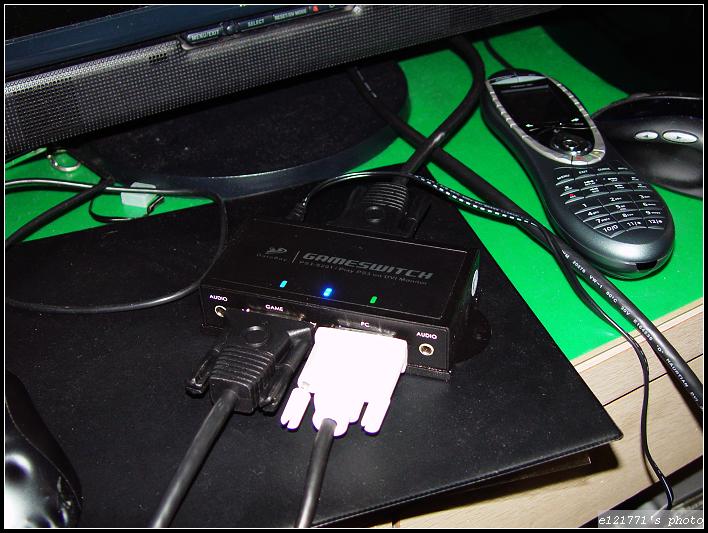
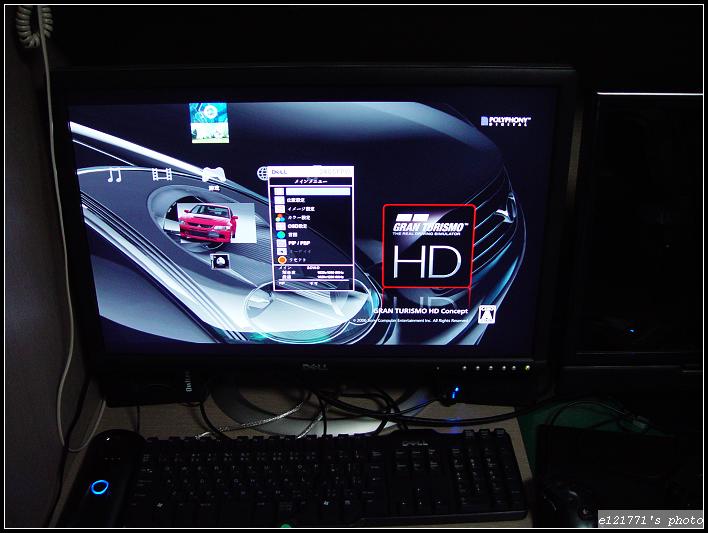
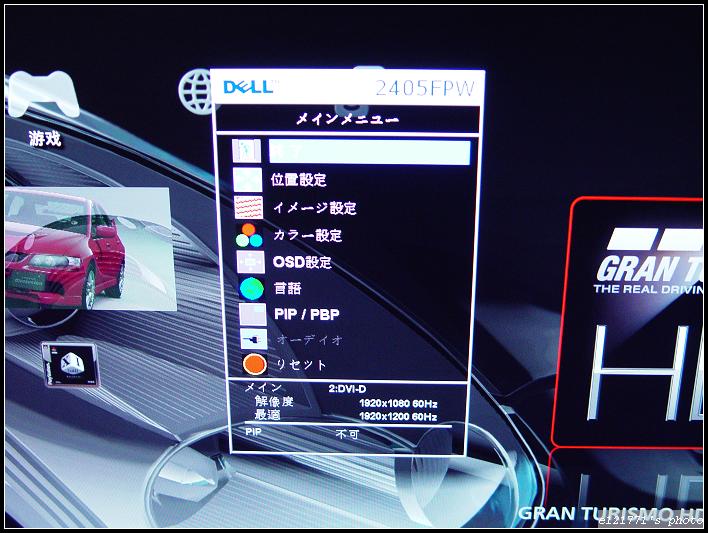
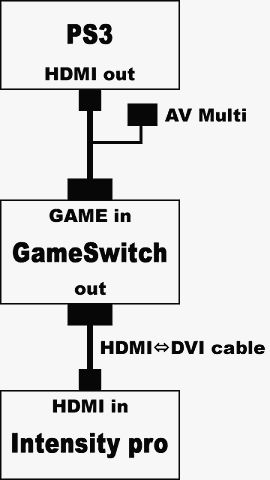
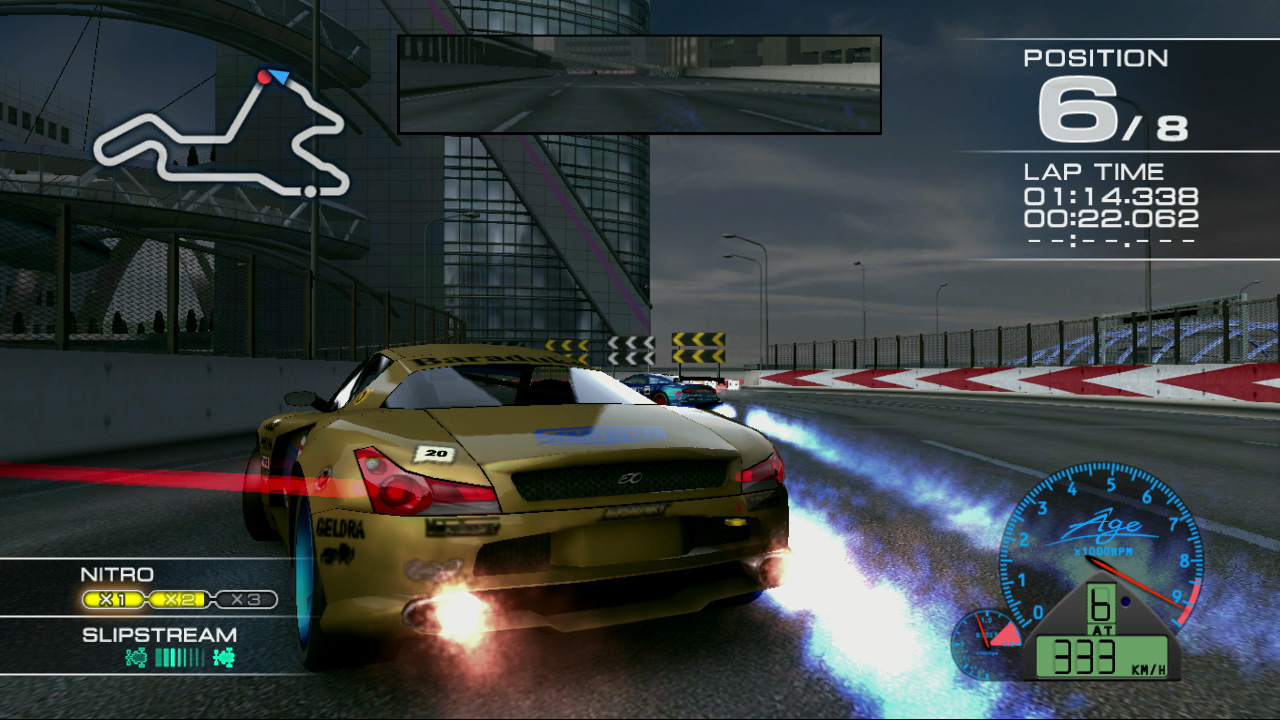

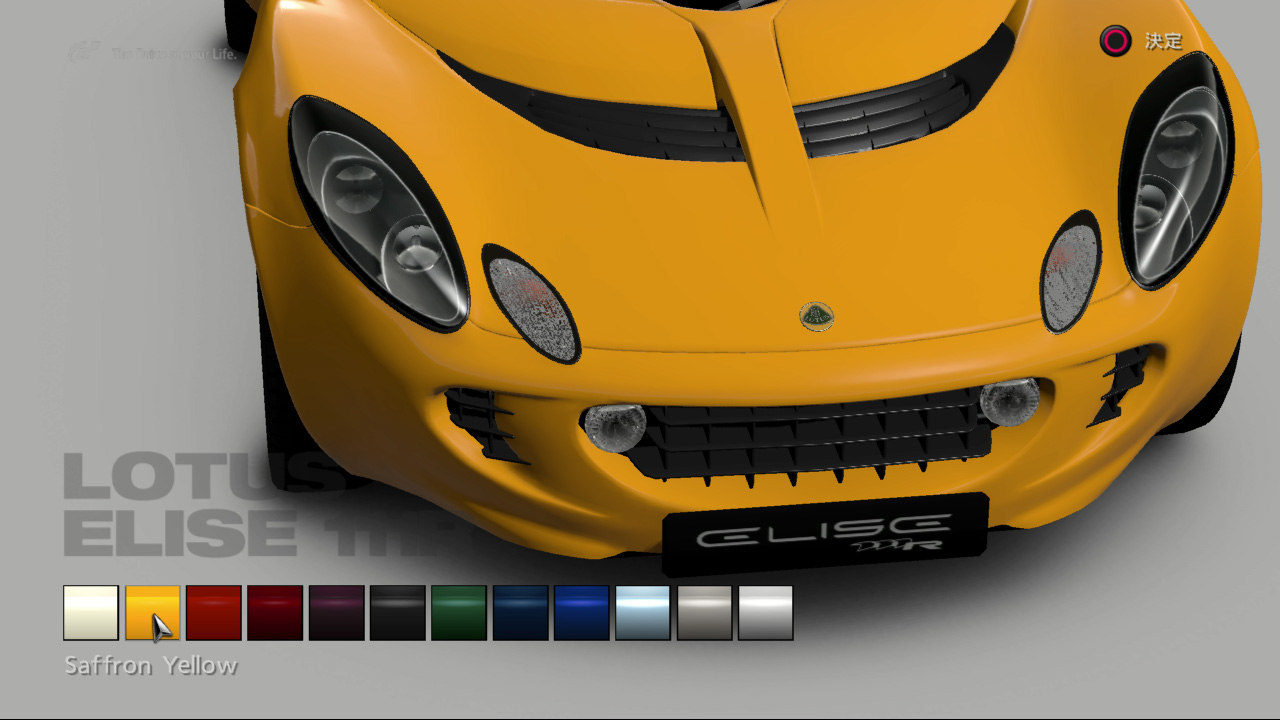

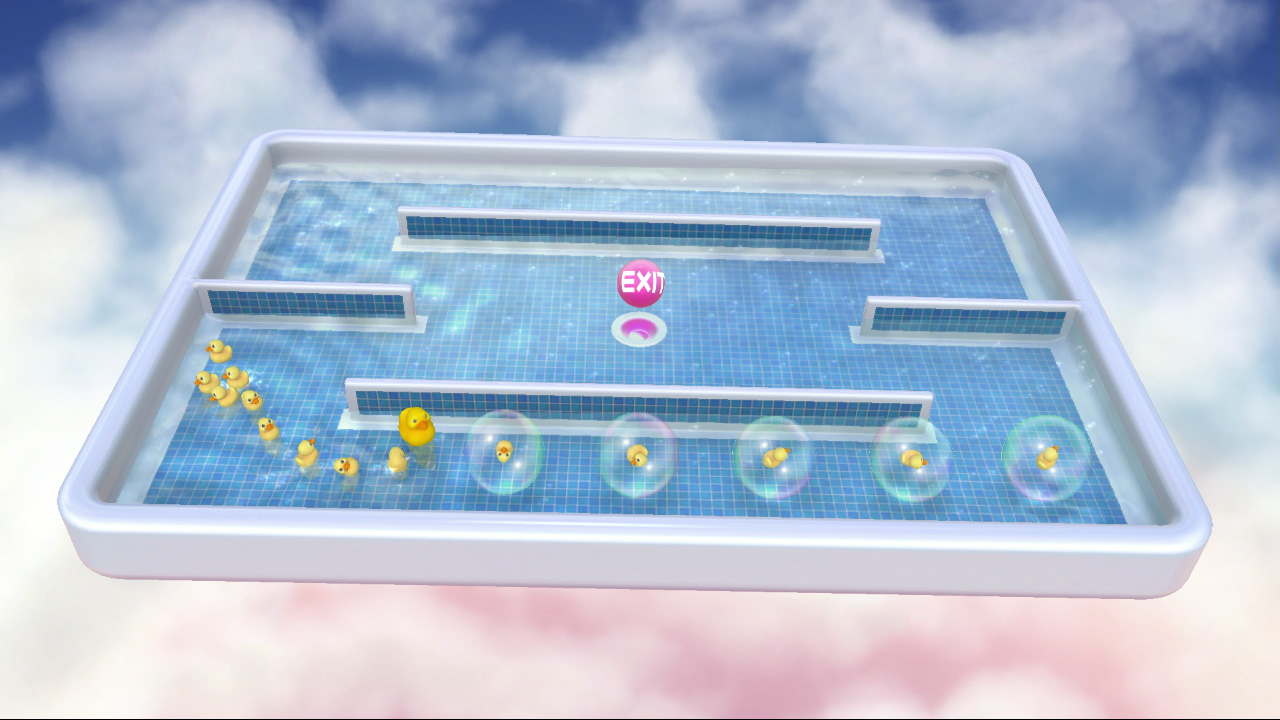
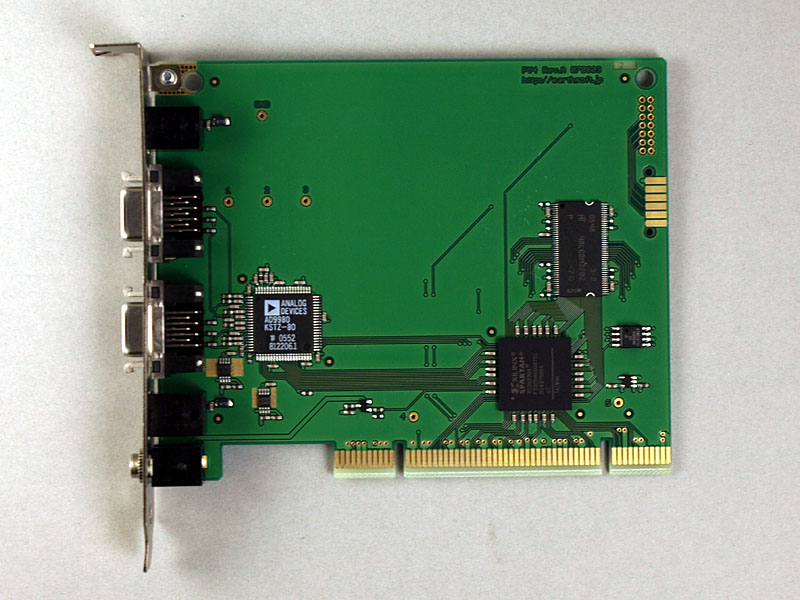


 18秒126MB,把我吓着了
18秒126MB,把我吓着了原帖由 mly 于 2008-2-11 14:17 发表
18秒126MB,把我吓着了
咱PV4的D端子效果感觉也无差阿,要说数字信号模拟信号之类的我的肉眼是看不出来:D
http://www.sharebig.com/d/shlgfh ... 30B/MISSSSS.avi.htm
我这个1分半 ...

原帖由 e121771 于 2008-2-12 22:09 发表
GS是台湾产的。我还找到个类似功能的东西,也是台湾货。不过和GS正好倒过来,是1进2出。你找找看
http://www.sat-china.com/bbs/vie ... table&tid=46983
http://tw.search.bid.yahoo.com/s ...

Content providers for HD-DVD and Blu-ray media can set an Image Constraint Token (ICT) flag that will only output full-resolution digital signals using a digital HDCP connection. If an HDCP-enabled player is connected to a non-HDCP-enabled television set with a non-HDCP-compliant analog connection (VGA or Component), and the content is flagged, the player will output a downsampled 960x540 pixel signal. If using a non-HDCP-compliant DVI connection (with an HDMI-to-DVI cable), the user will not get any picture at all.
原帖由 sectionboy 于 2008-2-13 03:49 发表
我没说清楚,其实是这个an Image Constraint Token (ICT) flag
据我所知,现在市面上没有一张碟是ICT enabled,而游戏是不受限制的。也就是说,那个HDMI-to-DVI 是否有效根本就没有办法查。
原帖由 正版万岁 于 2008-2-12 14:52 发表
那你所谓的碟是具体指什么
而且,现状就是不管我是用360还是ps3,不管是看片还是打游戏
我的intensity pro啥也看不到,黑屏
原帖由 sectionboy 于 2008-2-13 03:57 发表
碟就是bluray和hd dvd(不过这个已经完了)。
我只是想说这个“解密”没有大家想的这么神奇,也不要以为hdcp就这两把刷子,其实现在还都没有加密,只是转制而已。当然为了和古董机兼容,以后永远不加密也是可 ...
原帖由 正版万岁 于 2008-2-12 15:10 发表
那你说明一下这个所谓的ICT是怎么工作的吧
最好能直观点
既然现在不是用的ICT, 你说现在的hdmi正在用的是什么加密方法
现有的所谓解密hdcp,又是什么原理
原帖由 sectionboy 于 2008-2-13 04:22 发表
我也不是业内,跟你讲也不过就是抄wiki,不如你自己去看。"现有的所谓解密hdcp",无非就是解码加音画分离。解码和解密两个概念互不相干。好比你下rar打包的电影,一个是rar的密码,一个是电影的编码格式。
High-bandwidth Digital Content Protection (Redirected from HDCP)
Jump to: navigation, search
High-bandwidth Digital Content Protection (HDCP) is a form of digital copy protection developed by Intel Corporation to protect digital audio and video content as it travels across DisplayPort, Digital Visual Interface (DVI), High-Definition Multimedia Interface (HDMI), Gigabit Video Interface (GVIF), or Unified Display Interface (UDI) connections. The specification is proprietary, and implementing HDCP requires a license.
Pre-2005 HDMI and DVI formats already displayed HD resolutions that HDCP provides but without any digital protection. As HDCP is being introduced as mainstream, plasma, LCD TVs, monitors and projectors with HIMI and DVI displays (all models pre 2005) will not be able to display HDCP material.
Devices are available that convert HDCP into HDMI and DVI format, commonly known as 'HDCP strippers' and ' HDCP - HDMI / DVI converters' These are in common use by people who have purchased HDMI/DVI sets only to find they can't watch HDCP content. Examples include the Spatz-Tech’s DVIMAGIC[1] which is no longer available and the HD FURY[2] , GAME SWITCH[3] . These devices are not illegal to own. In Australia it was found that price fixing by Sony on games and dvd's for its playstation were ruled anti competitive and as such modification of its devices were not found to be in breach of copyright as sony itself had placed barriers to create an anticompetitive market. [4]
HDCP and copyright material has resulted in furthing the gap between the rich and poor causing harm in both the physical and mental stress to people.[5] The resulting media and entertainment industry has moved away from entertainment and fashioned it into what appears to be a 'drug like raids' and 'over zealous lawyers' in an attempt to stem any and all freedoms when using equitment already bought and legally owner. [6] There was another man who thought that this type rule and governing should have been commonplace, his name was A. Hitler[7].
HDCP falls under the Digital Millennium Copyright Act DMCA, which has had an impact on the worldwide cryptography research community, since an argument can be made that any cryptanalytic research violates, or might violate, the DMCA. The arrest of Russian programmer Dmitry Sklyarov in 2001, for alleged infringement of the DMCA, was a highly publicized example of the law's use to prevent or penalize development of anti-DRM measures.[7] While working for Elcomsoft in Russia, he developed The Advanced eBook Processor, a software application allowing users to strip usage restriction information from restricted e-books, an activity legal in both Russia and the United States.[8] Paradoxically under the DMCA it is not legal in the United States to provide such a tool. Sklyarov was arrested in the United States after presenting a speech at DEF CON and subsequently spent several months in jail.[9] DMCA has also been cited as chilling to legitimate users, such as students of cryptanalysis (including, in a well-known instance, Professor Felten and students at Princeton[10]), and security consultants such as Niels Ferguson, who has declined to publish information about vulnerabilities he discovered in an Intel secure-computing scheme because of his concern about being arrested under the DMCA when he travels to the US.[11]
HDCP is licensed by Digital Content Protection, LLC[8], a subsidiary of Intel. In addition to an annual fee, licensed adopters agree to the conditions set forth in the HDCP License Agreement[9]. For example, high-definition digital video sources must not transmit protected content to non-HDCP compliant receivers. Additionally, DVD-Audio content is restricted to CD-Audio quality or less[10] on non-HDCP digital audio outputs (analog audio outputs have no quality limits). Licensed adopters cannot allow their devices to make copies of content, and must design their products in ways that "effectively frustrate attempts to defeat the content protection requirements."[11]
Contents[hide]
[edit] SpecificationHDCP's main target is to prevent transmission of non-encrypted high definition content. Three systems were developed to achieve that goal:[citation needed]
Each HDCP-capable device has a unique set of keys; there are 40 keys, each 56 bits long. These keys are confidential and failure to keep them secret may be seen as a violation of the license agreement. For each set of keys, a special key called a KSV (Key Selection Vector) is created. Each KSV consists of 40 bits (one bit for each HDCP key), with exactly 20 bits set to 0 and 20 bits set to 1.
- Authentication process disallows non-licensed devices to receive HD content.
- Encryption of the actual data sent over DVI, HDMI or DisplayPort interface prevents eavesdropping of information and man-in-the-middle attacks.
- Key revocation procedures ensure that devices manufactured by any vendors who violate the license agreement could be relatively easily blocked from receiving HD data.
During the authentication process, both parties exchange their KSVs. Then each device adds (without overflow) its own secret keys together according to a KSV received from another device. If a particular bit in the vector (KSV) is set to 1, then the corresponding secret key is used in the addition, otherwise it is ignored. Keys and KSVs are generated in such a way that during this process both devices get the same 56-bit number as a result. That number is later used in the encryption process.
This key exchanging procedure is known as Blom's scheme.
Encryption is done by a stream cipher. Each decoded pixel is encrypted by applying an XOR operation with a 24-bit number produced by a generator. The HDCP specifications ensure constant updating of keys (after each encoded frame).
If some particular model is considered "compromised", its KSV is put into revocation lists, which are written on newly-produced disks with HD content. Each revocation list is signed with a digital signature using the DSA algorithm; this is supposed to prevent malicious users from revoking legitimate devices. During the authentication process, if the receiver's KSV is found by a transmitter in the revocation list, then the transmitter considers the receiver to be compromised and refuses to send HD data to it.
[edit] UsesHD DVD, Blu-ray Disc and DVD players (with HDMI or DVI connectors) use HDCP to establish an encrypted digital connection. If the display device—or in the case of using a PC to decrypt and play back HD-DVD or Blu-ray media, the graphics card (hardware, drivers and playback software)—does not support HDCP, then a connection cannot be established. As a result, a black picture and/or error message will likely be displayed instead of the video content.
Content providers for HD-DVD and Blu-ray media can set an Image Constraint Token (ICT) flag that will only output full-resolution digital signals using a digital HDCP connection. If an HDCP-enabled player is connected to a non-HDCP-enabled television set with a non-HDCP-compliant analog connection (VGA or Component), and the content is flagged, the player will output a downsampled 960x540 pixel signal. If using a non-HDCP-compliant DVI connection (with an HDMI-to-DVI cable), the user will not get any picture at all. Many older high-definition television sets currently in use are not HDCP-capable, and this would negate some of the key benefits of HD DVD and Blu-ray Disc for those consumers. Also, older Microsoft Xbox 360 game consoles, for which there is an HD-DVD add-on available, are only capable of analog non-HDCP-connections, although all newer models of the Xbox 360 have HDMI support, which enables it to play such protected content at full resolution. If ICT would be forced, Microsoft's flagship console (note that MS is an integral part of the HD-DVD camp, currently providing the VC-1 codec that is used in over 90% of all HD-DVD releases) would only be able to display a quarter of the actual resolution of the media, so movie studios are apparently in agreement not to include the ICT flag on any HD-DVDs or Blu-ray Discs in the immediate future.[12][13]
In the United States, the Federal Communications Commission approved HDCP as a "Digital Output Protection Technology" on August 4, 2004, despite its known flaws.[14] The FCC's Broadcast flag regulations, which were struck down by the United States Court of Appeals for the District of Columbia Circuit, would have required DRM technologies on all digital outputs from HDTV signal demodulators. Congress is still considering legislation that would implement something similar to the Broadcast Flag. Analog outputs from digital receivers do not require output restrictions, but the analog output must be limited to a resolution of 480p, which effectively limits sets with analog input to non-HD resolutions. The HDCP standard is more restrictive than the FCC's Digital Output Protection Technology requirement. HDCP bans compliant products from converting HDCP-restricted content to full-resolution analog form, presumably in an attempt to reduce the size of the analog hole.
On January 19, 2005, the European Industry Association for Information Systems (EICTA) announced that HDCP is a required component of the European "HD ready" label.[15]
Microsoft's new operating system, Windows Vista, utilizes this technology in the context of computer graphics cards and monitors.[16][17]
By 2005, HDCP-filtering devices were developed and freely sold in countries without restrictions on circumventing DRM. Those usually take the form of filters that have to be installed in the signal path between the movie player or decoder and the TV. The devices strip HDCP information out of the video signal, leaving the movie playable on non-HDCP displays.[18]
[url=][/url]
[edit] CryptanalysisCryptanalysis researchers demonstrated fatal flaws in HDCP for the first time in 2001, prior to its adoption in any commercial product. Scott Crosby of Carnegie Mellon University authored a paper with Ian Goldberg, Robert Johnson, Dawn Song, and David Wagner called "A Cryptanalysis of the High-bandwidth Digital Content Protection System". This paper was presented at ACM-CCS8 DRM Workshop on November 5, 2001.[19]
The authors conclude:
"HDCP's linear key exchange is a fundamental weakness. We can:For this attack you first have to break Blom's scheme (the linear algebra-based key-exchange system). In the case of HDCP, you need a minimum of 39 device keys in order to reconstruct the secret symmetrical master matrix that has been used to compute all device keys.
- Eavesdrop on any data
- Clone any device with only their public key
- Avoid any blacklist on devices
- Create new device keyvectors.
- In aggregate, we can usurp the authority completely."
Around the same time that Scott Crosby and co-authors were writing this paper, Niels Ferguson independently claimed to have broken the HDCP scheme, but he did not publish his research, citing legal concerns arising from the controversial Digital Millennium Copyright Act.[20]
The most well-known attack on HDCP is the conspiracy attack, where a number of devices are compromised and the information gathered is used to reproduce the private key of the central authority.
原帖由 sectionboy 于 2008-2-13 04:39 发表
我不是业内不表示我不懂这个。
我给你看这个你就不迷惑啦?你现在小白,看完了你还是小白。把这个向你这种小白解释一遍得到明年了吧。
这年头,装B才有人信啊。
原帖由 正版万岁 于 2008-2-13 02:30 发表
我就想要那个白色的小盒子,能破解hdcp就行了
啊啊啊,翻完那个帖子都没有提到那个白色的小盒子叫什么
真的是郁闷啊
要是当时知道有这个白的小盒子的存在我就不用卖掉intensity去买intensity pro了
原帖由 e121771 于 2008-2-13 19:52 发表
在台湾YAHOO搜“HDMI SPLITTER 1進2出“
http://tw.search.bid.yahoo.com/s ... 1%B6i2%A5X&xyz=
| 欢迎光临 TGFC Lifestyle (http://club.tgfcer.com/) | Powered by Discuz! 6.0.0 |